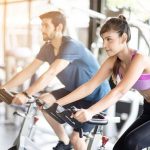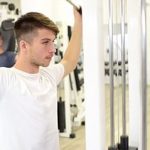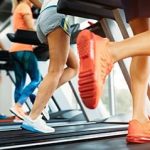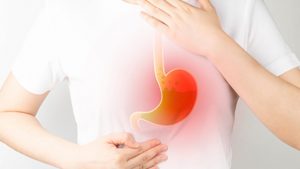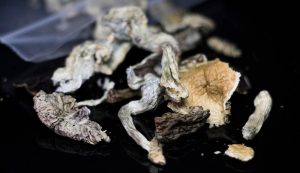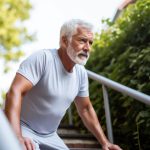
Putting a little pressure on your bones during exercise or daily activities might pay off in stronger bones as you age, new research suggests. The study focused on a crucial part of the hip joint anatomy called the femoral neck. Finnish researchers found that largely sedentary folks ages 70 to 85 maintained or gained bone strength in the femoral neck after a year-long exercise program. The key was the intensity and “impact” of physical activity. For example, people who engaged in running or brisk walking benefited far more than those who walked at a normal pace. Even in your 70s and 80s, adding in this kind of activity to your daily routine is easily done, said study co-author Tuuli Suominen. “It is possible to incorporate more high-intensity activity into your everyday life in small bouts, such as brisk walks and stair climbing,” said Suominen, a postdoctoral researcher at the University of Jyväskylä in Finland. “Jumping-like impacts can also be achieved without the actual jumping by first raising up on your tiptoes and then dropping down onto your heels.” As physical activity tends to decline with advancing age, so does bone density and integrity. Can that deterioration be halted or slowed? To find out, the researchers had 299 largely sedentary men and women ages 70 and older engage in a yearlong program focused on muscle strength,… read on > read on >










